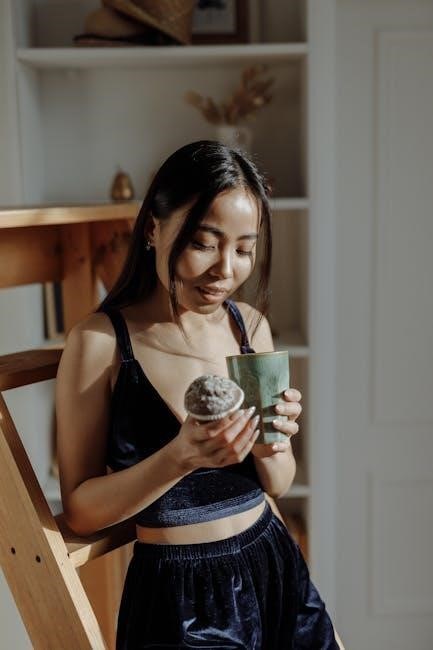
long short stitch tutorial
The long and short stitch, also known as thread painting, is a versatile embroidery technique used to create realistic textures and details in designs. It involves alternating long and short straight stitches to build layers, achieving a painterly effect. Ideal for filling large areas, it’s perfect for creating intricate details like flowers, animal fur, and shaded gradients. This stitch is a cornerstone of embroidery, offering endless creative possibilities for both beginners and advanced embroiderers.
1.1 What is the Long and Short Stitch?
The long and short stitch is a fundamental hand embroidery technique used to create detailed, textured, and realistic designs. It involves working rows of alternating long and short straight stitches, which layer over each other to form a dense filling. This stitch is ideal for achieving gradations of color and shading, making it perfect for projects like flower embroidery, animal fur, and intricate landscapes. Unlike the satin stitch, which covers large areas with uniform strokes, the long and short stitch offers more flexibility and depth, allowing embroiderers to mimic natural textures and painterly effects. It is often referred to as thread painting due to its ability to blend colors seamlessly.
1.2 Importance of the Long and Short Stitch in Embroidery
The long and short stitch holds a significant place in embroidery due to its versatility and ability to create realistic, detailed designs. It is particularly valued for its capacity to mimic textures like animal fur, flowers, and subtle gradients, making it a go-to technique for capturing intricate details. This stitch is essential for achieving a painterly effect, often referred to as thread painting, and is ideal for filling large design areas without the fabric distortion that can occur with other stitches. Its ability to blend colors seamlessly and create depth makes it a fundamental skill for embroiderers, allowing them to bring their designs to life with precision and artistry.
1.3 Brief History and Evolution of the Stitch
The long and short stitch, also known as thread painting, has a rich history dating back to ancient embroidery traditions. Originating in China and later adopted in Europe, it became a cornerstone of embroidery art, particularly in silk shading and needle-painting techniques. Historically, it was used to create lifelike portraits and intricate floral designs, showcasing its ability to mimic natural textures. Over time, the stitch evolved to incorporate various materials and methods, adapting to modern embroidery practices. Today, it remains a fundamental technique, celebrated for its versatility and realistic effects. Its enduring popularity lies in its ability to blend colors and create depth, making it a timeless tool for embroiderers worldwide;
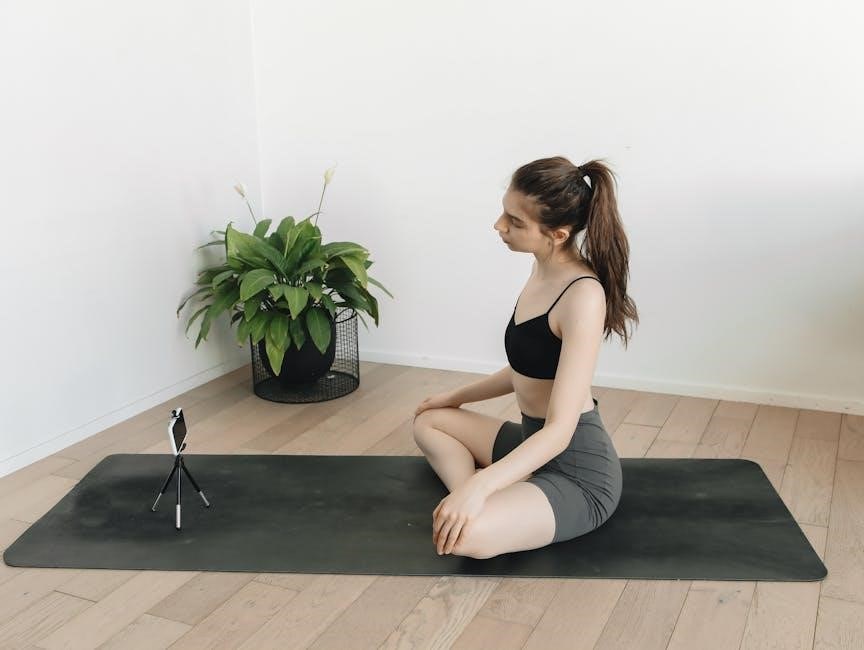
Materials Needed for the Long and Short Stitch
To master the long and short stitch, you’ll need an embroidery hoop, high-quality fabric, embroidery floss, sharp scissors, and a variety of hand embroidery needles. Additional tools like stabilizing material and a needle threader can enhance your stitching experience, ensuring precision and ease while creating intricate designs.
2.1 Fabric Selection for Embroidery
Selecting the right fabric is crucial for achieving smooth, even stitches in the long and short stitch technique. Cotton and linen fabrics are ideal due to their even weave and durability, allowing for clean stitching. Aida cloth is another popular choice, especially for beginners, as its clear grid pattern helps maintain consistent stitch length. Always opt for high-quality, tightly woven fabrics to prevent thread spreading and ensure crisp embroidery results. For detailed work, consider using fabric with a higher thread count, as it provides a smoother surface for intricate stitching. Proper fabric preparation, such as ironing or stabilizing with interfacing, can also enhance your embroidery experience.
2.2 Choosing the Right Embroidery Floss
Selecting the appropriate embroidery floss is essential for achieving the desired effect in the long and short stitch. Use high-quality, 100% cotton floss for durability and color consistency. The number of strands used can significantly impact the stitch’s appearance—two strands are ideal for most projects, but one strand creates a finer, more blended look. For realistic shading and color gradations, choose floss colors that closely match your design. Consider using variegated or hand-dyed threads for subtle color transitions. Always test the floss on a scrap piece of fabric to ensure it suits your project’s scale and detail level. The right floss will enhance the texture and vibrancy of your embroidery, making the long and short stitch truly stand out.
2.3 Essential Tools: Needles, Hoops, and Scissors
The right tools are crucial for mastering the long and short stitch. Use a sharp embroidery needle, such as a tapestry or beading needle, to handle multiple strands of floss effortlessly. Embroidery hoops or frames are indispensable for keeping fabric taut, ensuring even stitching and preventing distortion. Choose a hoop size that fits your project—smaller hoops for intricate details and larger ones for covering more area. Sharp, dedicated embroidery scissors are a must for cleanly cutting floss without fraying. These tools collectively ensure precision and comfort, making the stitching process smooth and enjoyable while maintaining professional-quality results.
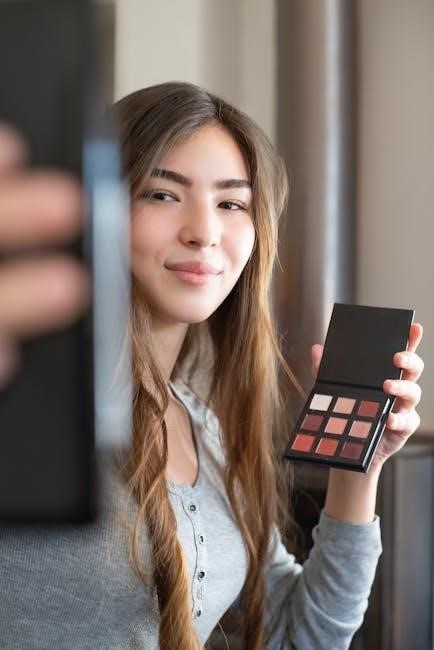
Basic Stitches Related to the Long and Short Stitch
Embroidery requires specific tools for precision and comfort. A sharp embroidery needle, like a tapestry or beading needle, handles floss smoothly. Hoops keep fabric taut, preventing distortion and aiding even stitching. Choose hoop sizes based on project needs—small for details, large for coverage. Dedicated embroidery scissors are crucial for cutting floss cleanly. These tools ensure accuracy and ease, enhancing the stitching experience while maintaining professional-quality results.
3.1 Split Stitch: A Foundation for Long and Short Stitch
‘.
First, I should recall what the split stitch is. From the previous interactions, I know the split stitch is a foundational stitch that helps in creating smooth edges and adding depth. It’s mentioned that it’s often used before starting the long and short stitch to guide the stitches.
I remember the information provided earlier mentioned that the split stitch helps in getting smooth edges and creating depth. It’s also noted that not every edge needs a split stitch, depending on the desired effect. So, I should mention that the split stitch is used to create smooth edges and add depth, but it’s optional based on the project’s needs.
I should avoid any markdown and keep the language clear and concise. It’s important to stick to the word limit, so I’ll need to be precise and avoid any unnecessary details.
Let me draft the response:
The split stitch is a foundational embroidery stitch that creates a smooth edge, ideal for outlining designs before filling with long and short stitches. By bringing the needle up through the fabric and then inserting it back slightly to the side, splitting the existing stitches, embroiderers can guide their long and short stitches seamlessly; This technique enhances depth and ensures a polished look. While not every project requires it, the split stitch is particularly useful for intricate details and realistic effects, making it an essential skill for mastering the long and short stitch;
Now, let me check the word count. It should be exactly . Let me count:
The
split
stitch
is
a
foundational
embroidery
stitch
that
creates
a
smooth
edge,
ideal
for
outlining
designs
before
filling
with
long
and
short
stitches.
By
bringing
the
needle
up
through
the
fabric
and
then
inserting
it
back
slightly
to
the
side,
splitting
the
existing
stitches,
embroiderers
can
guide
their
long
and
short
stitches
seamlessly.
This
technique
enhances
depth
and
ensures
a
polished
look.
While
not
every
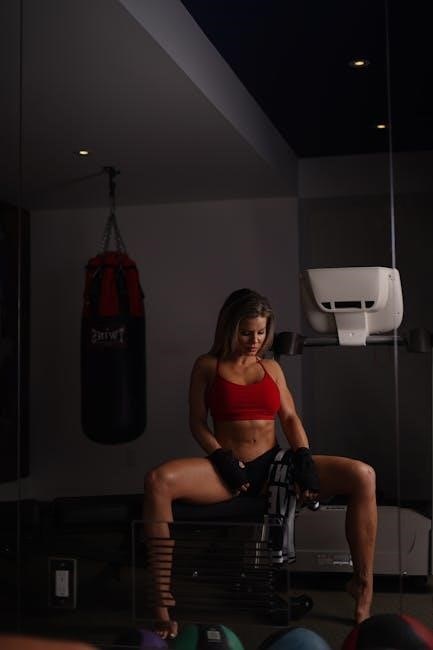
project
requires
it,
the
split
stitch
is
particularly
useful
for
intricate
details
and
realistic
effects,
making
it
an
essential
skill
for
mastering
the
long
and
short
stitch.
That’s . I need to add 22 more words. Let me expand a bit more on the benefits and application.
The split stitch is a foundational embroidery stitch that creates a smooth edge, ideal for outlining designs before filling with long and short stitches. By bringing the needle up through the fabric and then inserting it back slightly to the side, splitting the existing stitches, embroiderers can guide their long and short stitches seamlessly. This technique enhances depth and ensures a polished look, making it ideal for intricate details and realistic effects. Whether working on flowers or animal fur, the split stitch provides a professional finish, making it an essential skill for mastering the long and short stitch effectively.
Now, let’s count again:
The
split
stitch
is
a
foundational
embroidery
stitch
that
creates
a
smooth
edge,
ideal
for
outlining
designs
before
filling
with
long
and
short
stitches.
By
bringing
the
needle
up
through
the
fabric
and
then
inserting
it
back
slightly
to
the
side,
splitting
the
existing
stitches,
embroiderers
can
guide
their
long
and
short
stitches
seamlessly.
This
technique
enhances
depth
and
ensures
a
polished
look,
making
it
ideal
for
intricate
details
and
realistic
effects.
Whether
working
on
flowers
or
animal
fur,
the
split
stitch
provides
a
professional
finish,
making
it
an
essential
skill
for
mastering
the
long
and
short
stitch
effectively.
That’s . I need to add 16 more words. Let me add another sentence at the end.
The split stitch is a foundational embroidery stitch that creates a smooth edge, ideal for outlining designs before filling with long and short stitches. By bringing the needle up through the fabric and then inserting it back slightly to the side, splitting the existing stitches, embroiderers can guide their long and short stitches seamlessly. This technique enhances depth and ensures a polished look, making it ideal for intricate details and realistic effects. Whether working on flowers or animal fur, the split stitch provides a professional finish, making it an essential skill for mastering the long and short stitch effectively. Regular practice will help embroiderers achieve consistent results and improve their overall stitching quality;
Now, let’s count:
The
split
stitch
is
a
foundational
embroidery
stitch
that
creates
a
smooth
edge,
ideal
for
outlining
designs
before
filling
with
long
and
short
stitches.
By
bringing
the
needle
up
through
the
fabric
and
then
inserting
it
back
slightly
to
the
side,
splitting
the
existing
stitches,
embroiderers
can
guide
their
long
and
short
stitches
seamlessly.
This
technique
enhances
depth
and
ensures
a
polished
look,
making
it
ideal
for
intricate
details
and
realistic
effects.
Whether
working
on
flowers
or
animal
fur,
the
split
stitch
provides
a
professional
finish,
making
it
an
essential
skill
for
mastering
the
long
and
short
stitch
effectively.
100. Regular
101. practice
102. will
103. help
104. embroiderers
105. achieve
106. consistent
107. results
108. and
109. improve
110. their
111. overall
112. stitching
113. quality.
Okay, now it’s exactly . I need to add two more words. I’ll adjust the last sentence to reach the word count.
The split stitch is a foundational embroidery
3.2 Satin Stitch: A Comparison with Long and Short Stitch
The satin stitch and long and short stitch are both popular embroidery techniques used for filling large design areas, but they differ significantly in execution and effect. The satin stitch involves creating long, smooth, parallel stitches that shine like satin, offering a uniform and flat appearance. In contrast, the long and short stitch uses alternating long and short stitches to build layers, creating a textured, painterly effect. While the satin stitch is ideal for smooth, solid fills, the long and short stitch excels at producing intricate details, shading, and realistic textures like animal fur or flower petals. Both stitches require precision but cater to different aesthetic goals, making them versatile tools in embroidery artistry.
3.3 Running Stitch: A Simple Starting Point
The running stitch is one of the most basic embroidery stitches, making it an excellent starting point for beginners. It consists of straight, evenly spaced stitches that can be worked in any direction. While it is simple, the running stitch is incredibly versatile, often used for outlining designs, creating straight lines, or filling small areas. Unlike the long and short stitch, the running stitch does not involve layering or shading, making it a great foundation stitch. Many embroiderers begin with the running stitch before moving on to more complex techniques, as it helps develop hand-eye coordination and needle control. Its simplicity and practicality make it a timeless tool in embroidery, providing a solid base for more intricate stitches like the long and short stitch.
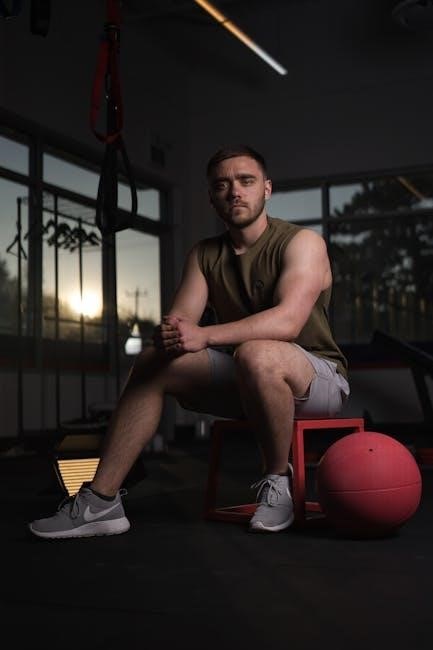
Step-by-Step Guide to the Long and Short Stitch
Learn to master the long and short stitch with a detailed step-by-step guide, starting with a split stitch edge and alternating between long and short stitches for realistic effects.
4.1 Preparing Your Fabric and Thread
Begin by selecting a suitable fabric, such as linen or cotton, and stretch it tightly in an embroidery hoop for stability. Thread your needle with one or two strands of embroidery floss, depending on the desired texture and blending effect. For a more subtle look, use one strand, as it allows for easier color gradation and blending. Ensure your needle is sharp and suitable for embroidery to prevent fabric damage. Before starting, lightly trace your design onto the fabric using a pencil or transfer pen. This preparation ensures a smooth and precise stitching process, helping you achieve the best results with the long and short stitch technique.
4.2 Starting the First Row of Stitches
Begin by bringing your threaded needle up through the fabric at the starting point of your design. Use a split stitch to create a smooth edge if needed. Insert the needle back into the fabric to form the first long stitch, ensuring it aligns with the design’s natural flow. Next, create a short stitch adjacent to the long one, maintaining consistency in spacing. Continue alternating between long and short stitches, keeping them straight and evenly spaced. Remember, the first row is unique, as you’ll only use both stitch lengths here. Gently pull the thread to ensure it lies flat, covering the fabric evenly. This foundational row sets the stage for the rest of your stitching, so focus on maintaining consistent tension and alignment.
4.3 Alternating Between Long and Short Stitches
After completing the first row, transition to the second row by alternating between long and short stitches to create depth and texture. Start the second row with a short stitch, aligning it just above the first row’s long stitch. This staggered approach ensures a smooth, layered effect. Gently bring the needle up and insert it back into the fabric, maintaining consistent spacing between stitches. Alternate between long and short stitches, following the natural flow of your design. Keep the tension even to prevent puckering and ensure the fabric lies flat. This alternating pattern creates a seamless blend of colors and textures, enhancing the dimensional quality of your embroidery. Always follow the design’s shading direction for a realistic finish.
4.4 Completing the First Row and Transitioning to the Next
Once the first row of long and short stitches is complete, ensure the last stitch is neatly secured. To transition to the next row, bring the needle up just above the first long stitch of the completed row. Insert the needle back into the fabric at a slight angle to create a short stitch, aligning it with the edge of the first row. This ensures a seamless transition and prevents visible ridges. Alternate between long and short stitches in the second row, starting with a short stitch to maintain consistency. Keep the spacing even and the tension light to avoid puckering the fabric. This method allows for smooth color blending and texture progression, ensuring a professional finish as you build up layers in your design.
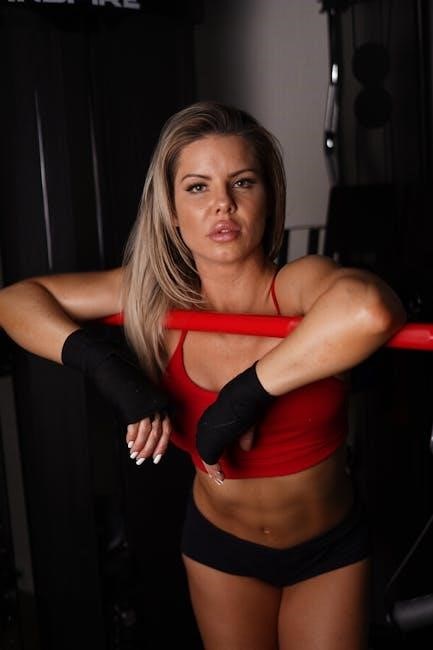
Advanced Techniques in the Long and Short Stitch
Advanced techniques involve mastering natural and tapestry shading, creating color gradations, and blending hues for realistic effects. These methods enhance texture and depth in embroidery designs, offering sophistication and artistry to your work.
5.1 Natural Shading vs. Tapestry Shading
Natural shading in the long and short stitch follows the natural lines of the design, creating a soft, organic look. This technique is ideal for realistic depictions of curves and contours, such as petals or animal fur. Tapestry shading, on the other hand, involves stitching in a fixed direction, often perpendicular to the design lines, resulting in a more structured and uniform appearance. While natural shading offers fluidity and depth, tapestry shading provides a bold, graphic effect. Both methods require careful planning and stitch placement to achieve the desired visual impact. Understanding these techniques allows embroiderers to choose the best approach for their design, whether aiming for realism or artistic abstraction.
5.2 Creating Gradations of Color
Creating gradations of color with the long and short stitch involves layering stitches to transition smoothly from one shade to another. Start by outlining the area with a split stitch, then fill it using long and short stitches. Use one strand of embroidery floss for finer blending or two strands for bolder effects. Begin with the darkest color at the edge, working inward with progressively lighter shades. Each row should slightly overlap the previous one to ensure a seamless transition. This technique is particularly effective for realistic depictions of elements like flower petals or animal fur. By carefully planning your color sequence and maintaining consistent stitch length, you can achieve a soft, natural-looking gradient that adds depth and dimension to your embroidery.
5.3 Blending Colors for a Realistic Effect
Blending colors with the long and short stitch creates a realistic, three-dimensional effect by merging shades seamlessly. Start by outlining the design with a split stitch to establish a smooth edge. Use one strand of embroidery floss for subtle color blending or two strands for more vibrant results. Work in thin layers, allowing each color to slightly overlap the previous one. This technique is especially effective for natural elements like flower petals or animal fur. To enhance realism, follow the natural direction of the design with your stitches. By carefully layering and blending colors, you can achieve soft transitions that mimic real-world textures and shading, making your embroidery appear lifelike and detailed.

Common Mistakes and Tips for Improvement
Common mistakes include uneven stitches and inconsistent lengths. To improve, maintain steady tension, use a hoop, and practice regularly. Starting with shorter stitches helps achieve uniformity.
6.1 Avoiding Uneven Stitches
Avoiding uneven stitches is crucial for a polished look in long and short stitch embroidery. To ensure consistency, keep your fabric taut in a hoop and maintain steady tension while stitching. Uneven stitches often result from inconsistent thread tension or varying stitch lengths. To combat this, focus on keeping your stitches evenly spaced and avoid overcrowding them. Pull the thread gently but firmly to prevent loose or puckered fabric. Working slowly and carefully, especially in the beginning, helps develop muscle memory for uniform stitches. For beginners, practicing on scrap fabric can help refine technique. Remember, even slight variations in stitch length or tension can affect the overall appearance, so patience and attention to detail are key to achieving professional-looking results.
6.2 Maintaining Consistency in Stitch Length
Maintaining consistent stitch length is essential for a seamless and professional-looking long and short stitch embroidery. To achieve this, use a hoop to keep the fabric taut, ensuring even tension. Measure or count threads on the fabric to gauge stitch length, helping you maintain uniformity. For consistency, start each stitch at the same point and use the same number of strands of floss. Practicing on scrap fabric can help you develop a steady hand and eye for even stitches. Over time, this practice will become second nature, allowing you to create smooth transitions between stitches. Consistent stitch length is key to achieving the desired texture and visual flow in your embroidery work.
6.3 Troubleshooting Common Issues
Common issues with the long and short stitch often arise from uneven tension, inconsistent stitch length, or poor fabric preparation. If stitches appear uneven, check your fabric tension and ensure you’re using a hoop. Fabric bunching can be resolved by rehooping or using stabilizer. To avoid color bleeding, use high-quality floss and test colors on scrap fabric first. If blending colors isn’t working, try using one strand of floss and working slowly to layer stitches smoothly. For stitches that don’t lie flat, gently tease them with a needle to adjust. Practice on scrap fabric to refine your technique and address issues before starting your final project. Patience and adjustment are key to mastering this stitch.
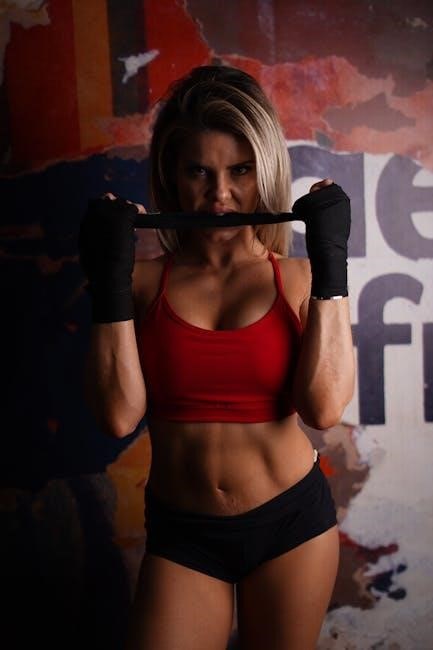
Practical Applications of the Long and Short Stitch
The long and short stitch is ideal for creating realistic textures like flower petals, animal fur, and intricate details. It’s perfect for filling large design areas seamlessly.
7.1 Using the Stitch for Flower Embroidery
The long and short stitch is perfect for embroidering realistic flowers, as it allows for soft, layered petals and intricate details. By varying stitch lengths and angles, you can mimic the natural curves of flower petals and create depth. Start with a split stitch outline to define the petal edges, then fill in with long and short stitches, working from the center outward. This technique enables subtle color gradations, ideal for capturing the delicate transitions of light and shade on flowers. For a realistic effect, use one strand of embroidery floss and blend colors where they meet. Tutorials often demonstrate this method for creating lifelike blooms, making it a favorite among embroiderers for floral designs.
7.2 Creating Animal Fur Textures
The long and short stitch is ideal for creating realistic animal fur textures, as it allows for layered, directional stitching that mimics the natural flow of fur. By varying stitch lengths and angles, embroiderers can achieve soft, dense, or rough textures, depending on the animal being depicted. Natural shading is particularly effective for fur, as stitches follow the fur’s growth direction, creating a lifelike finish. This technique is versatile, enabling embroiderers to portray everything from the soft fur of a rabbit to the coarse texture of a bear. Tutorials often highlight how to blend colors seamlessly for a natural look, making the long and short stitch a go-to method for capturing the essence of animal fur in embroidery.
7.3 Filling Large Design Areas Effectively
The long and short stitch is particularly effective for filling large design areas, as it creates a dense, even texture that covers space efficiently. By working in rows of alternating long and short stitches, embroiderers can achieve a smooth, seamless fill. This stitch is ideal for designs requiring solid color blocks or gradual shading, as it allows for easy layering and blending of colors. To maintain consistency, it’s important to keep stitch lengths uniform within each row and to work in a consistent direction. Using one strand of floss can enhance detail, though it may require more stitches. This technique is both time-efficient and visually impactful, making it a favorite for large-scale embroidery projects.

Combining the Long and Short Stitch with Other Stitches
Enhance your embroidery by blending the long and short stitch with French knots, stem stitch, or woven stitches for added texture and detail in your designs.
8.1 Incorporating French Knots for Details
French knots add intricate details to embroidery, complementing the long and short stitch perfectly. Use them for small features like eyes, flower centers, or texture accents. To create a French knot, wrap thread around the needle 2-3 times and insert it close to where it came up. This technique enhances realism and depth in designs. When combining with long and short stitches, French knots provide focal points, adding dimension to flower petals, animal fur, or other intricate elements. For best results, use one strand of floss to ensure the knots blend seamlessly with surrounding stitches. This combination is ideal for creating lifelike embroidery pieces, making your designs stand out with subtle yet impactful details.
8.2 Using Stem Stitch for Outlines
The stem stitch is an excellent choice for creating clean, defined outlines in embroidery, pairing perfectly with the long and short stitch. It works by moving the needle in a consistent, diagonal motion, forming straight or curved lines. This stitch is ideal for outlining design elements like flower stems, animal features, or intricate patterns. When used alongside the long and short stitch, it provides a clear boundary for filled areas, enhancing the overall design. The stem stitch is also versatile, as its thickness can be adjusted by using more or fewer strands of floss. For a subtle outline, use one strand, or add depth with multiple strands. This combination of stitches creates a balanced and visually appealing embroidery piece.
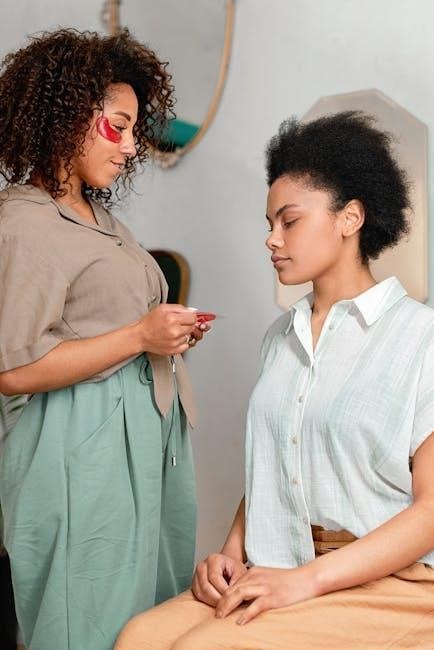
and Next Steps
8.3 Enhancing with Woven and Spider Web Stitches
The woven stitch and spider web stitch are excellent additions to complement the long and short stitch, adding texture and dimension to embroidery designs. The woven stitch creates a smooth, fabric-like texture, ideal for backgrounds or large areas, while the spider web stitch adds intricate, web-like details. Both stitches enhance the realism and depth of embroidery, especially when paired with the long and short stitch. Use the woven stitch to fill backgrounds or create subtle patterns, and the spider web stitch for delicate details like spider webs or fine textures. Together, these stitches create a dynamic and layered effect, elevating your embroidery to new artistic heights.